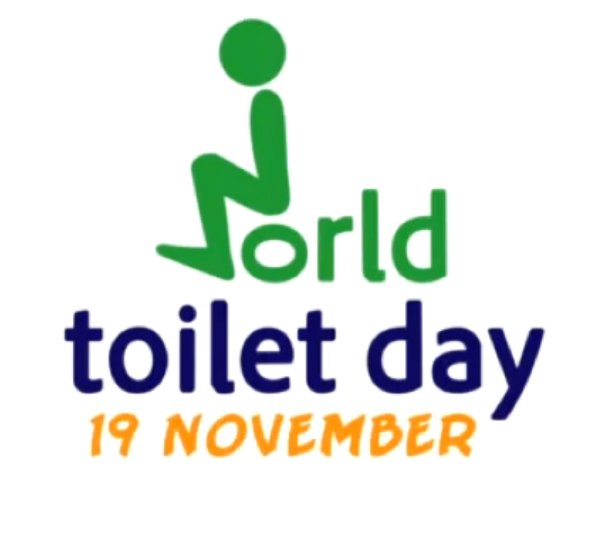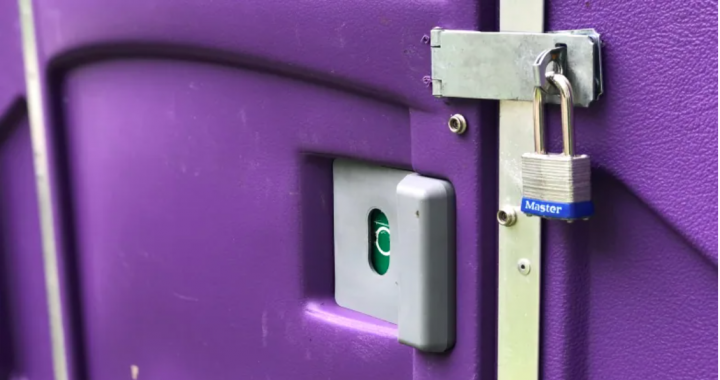CTV News, September 16, 2016
Jackie Dunham
It’s a scenario that many of us can relate to – you’re out in the city running errands or enjoying a public park when you suddenly have to go to the washroom. You anxiously visit business after business asking for permission to use their facilities, free of charge, until you finally find one.
An expert in urban planning says that scenario is too common in Canada, and more needs to be done. Mitchell Kosny, an associate director and professor at Ryerson University’s School of Urban and Regional Planning, told CTV’s Your Morning that the lack of public washrooms in Canadian cities is a crisis of sorts.
“It’s obvious,” Kosny said Friday. “But some of those obvious things just never get dealt with.”
Kosny has been teaching urban planning for a long time and he says that including public washrooms in urban design is often considered an “extra” that ranks low on the list of priorities.
“Things always cost more after the fact and then nobody wants to do it,” he said.
The cost of building, cleaning and maintaining public washrooms is a major factor, Kosny says. In Canada, there are some cities with bylaws requiring businesses to provide public facilities, but there is no federal law about it. Kosny said that, forcing businesses to provide washroom access doesn’t go far enough, and that communities should be required to have them.
“Having access in businesses is not the same thing as creating free public washrooms,” he said.
According to Kosny, many European cities, such as London and Paris, have effective public toilet programs. He said that these cities have built numerous public washrooms that are often down a staircase off the sidewalk, and not just in train stations. Kosny said that many of these public toilets have an attendant who oversees the facility and keeps it clean. He thinks that North Americans generally think of visiting the washroom as a private activity before leaving the house, not when out in public.
Kosny also says, where they do exist, finding public washrooms can be a major challenge. Pointing to New York City, where the mobile app Toilet Finder helps people find facilities, Kosny says Canadians need those kinds of tools too.
“I don’t think we’re very good in that publicness of use, or location or finding out where they are,” he said of Canadians’ experience.
A few Canadian cities and organizations are starting to address the issue. In Ottawa, for example, a GottaGo Campaign is pushing for a network of municipally-funded toilets.
Crohn’s and Colitis Canada is another group fighting for more public washrooms with their GoHere Washroom Access Initiative. Their website states that those living with Crohn’s disease or ulcerative colitis experience “constant anxiety” trying to find washrooms away from their homes and asking businesses to use their facilities. The initiative encourages businesses to open their washrooms for sufferers and attach a GoHere decal sticker to their front window to let them know they are participants in the program. The project has already been launched in Calgary, Barrie and Mississauga.



